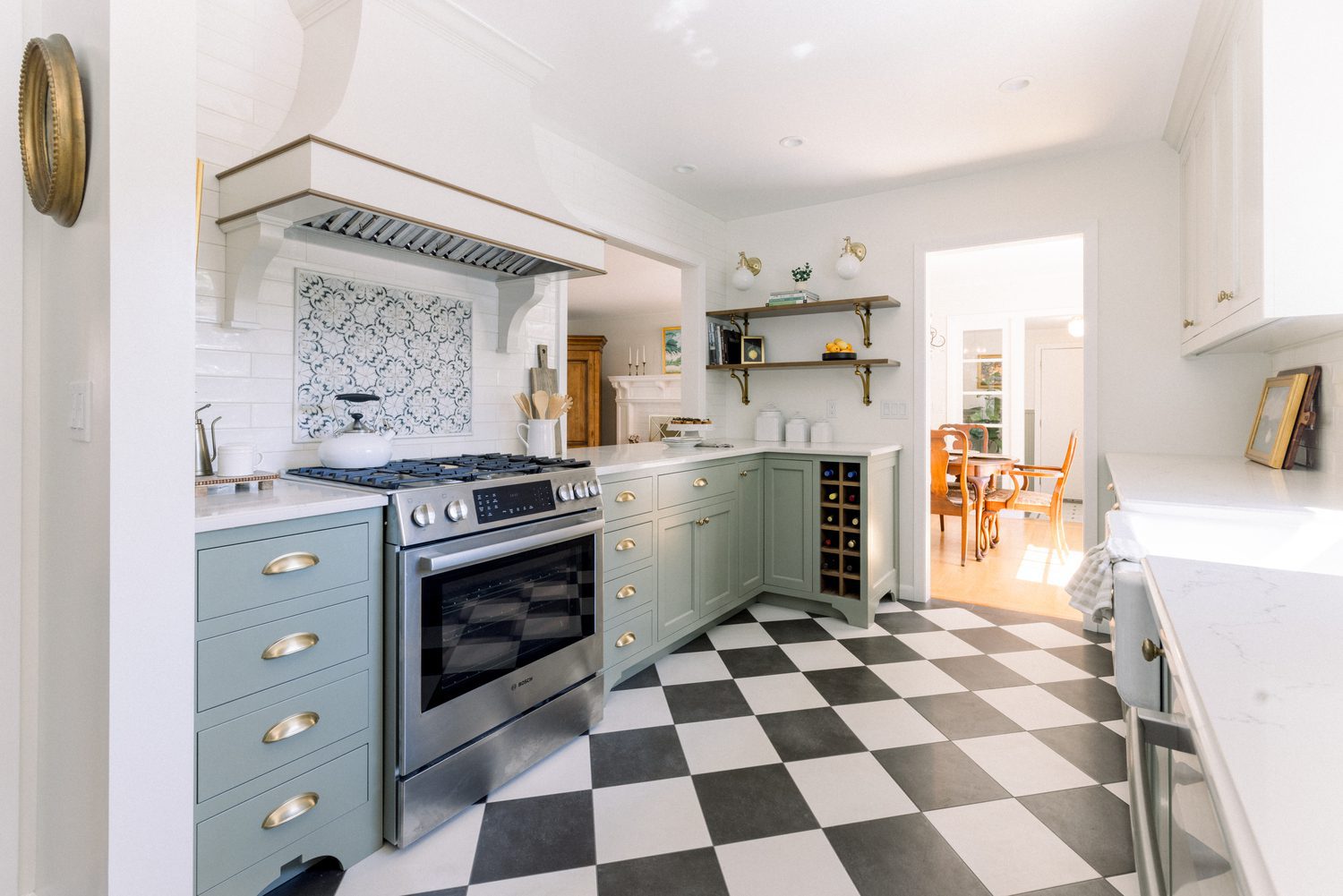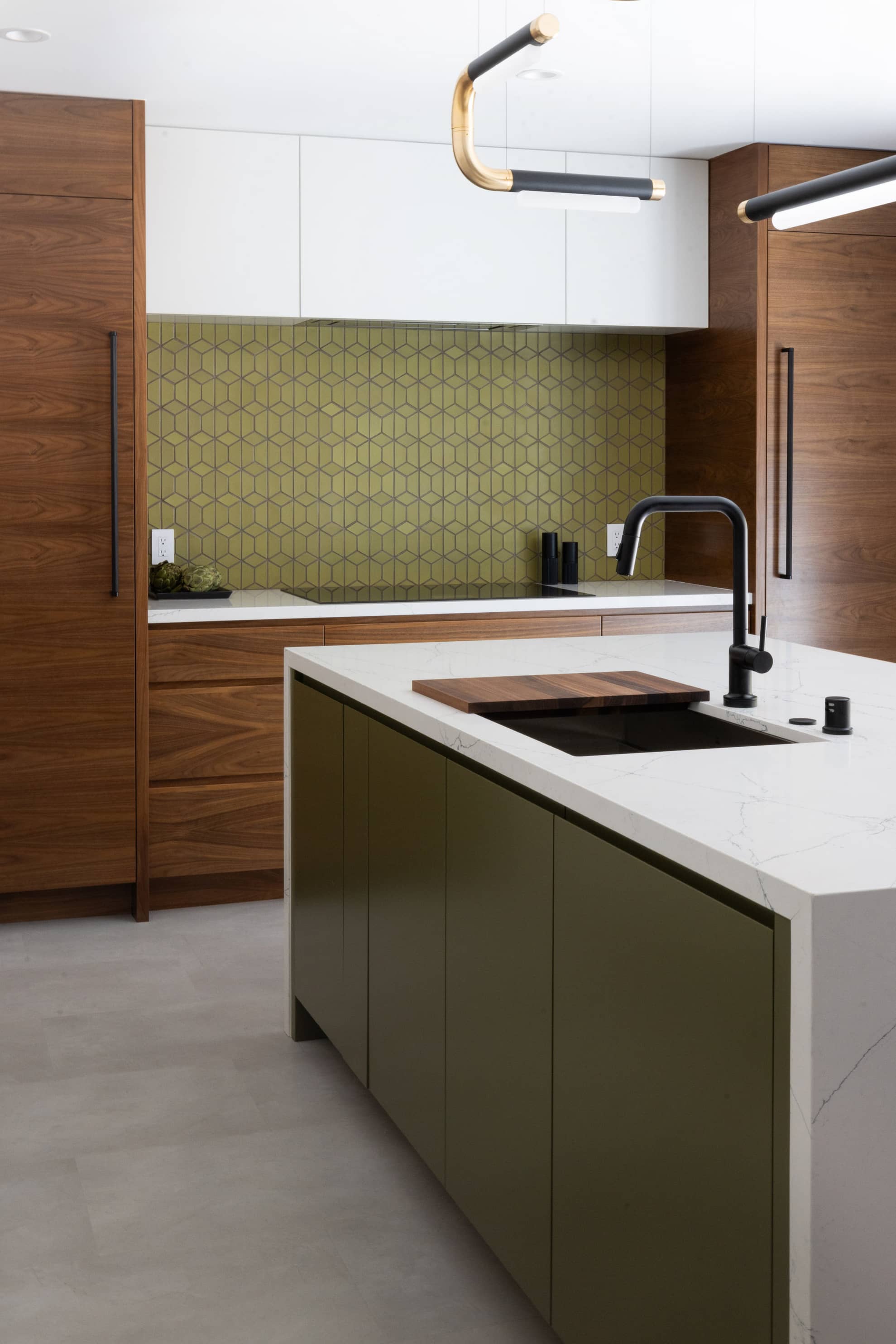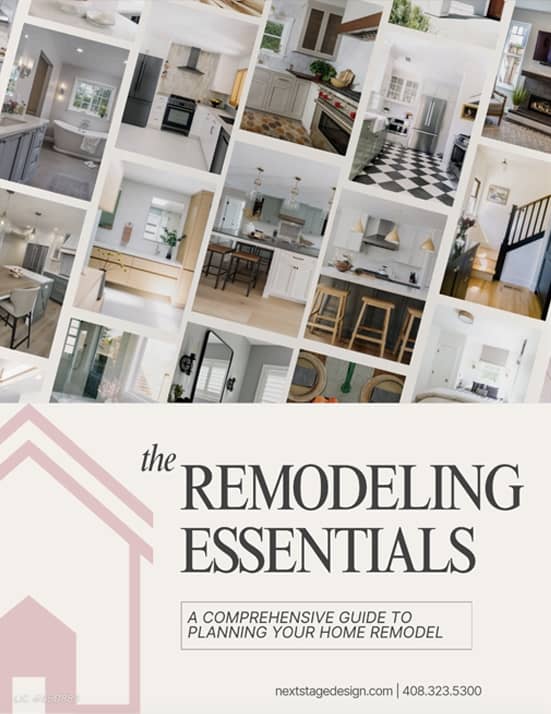Choosing flooring is about more than what looks good—it’s about how your home actually lives. Families, pets, busy schedules, and even the quirks of each room can all play a role in what type of flooring works best. Below, we break it down into two key lenses: lifestyle needs and room-specific guidance.
Flooring for Everyday Lifestyles
Families with kids
Kids are tough on floors: think spilled juice, art projects gone sideways, and a trail of crumbs from the kitchen to the couch. Luxury vinyl plank (LVP) is one of the most family-friendly options. It’s waterproof, scratch-resistant, and soft underfoot compared to tile. Laminate flooring is another budget-conscious choice, though it isn’t always waterproof, so kitchens and bathrooms may be riskier spots. For playrooms, carpet tiles are a clever solution—they add cushion for playtime and can be replaced individually if one square gets stained beyond saving.
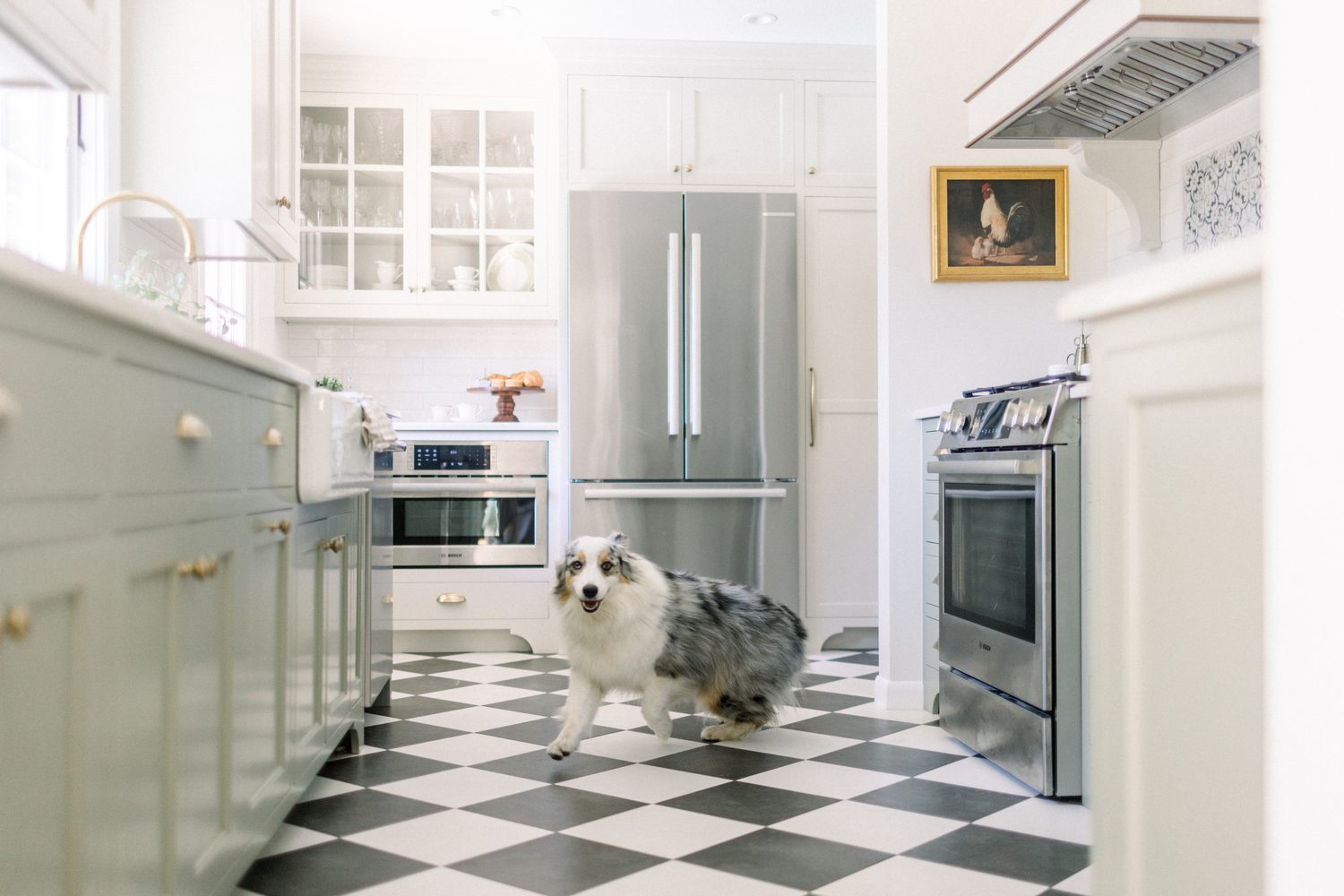
Homes with pets
Pets bring joy (and scratches, fur, and the occasional accident). For dogs especially, tile and stone are virtually indestructible, though they can feel cold and hard. LVP with a high wear layer is another excellent option: it resists claw scratches and is 100% waterproof, so accidents won’t seep through. If you’re drawn to wood, go with engineered hardwood with a matte finish and a strong protective coating—it hides scratches better than glossy surfaces. Area rugs in high-traffic pet zones can help too, but stick to washable ones.
Busy households that need easy cleaning
If you don’t want your weekends eaten up by scrubbing floors, choose something that cleans quickly and resists stains. Porcelain tile is nearly bulletproof—it doesn’t stain, doesn’t scratch, and handles heavy wear. Sealed concrete is also popular in modern homes for its industrial look and low maintenance. Among wood alternatives, waterproof vinyl stands out—it can be swept and mopped without worry, making it ideal for households that want style without the stress.
High-traffic vs. low-traffic rooms
Not all flooring needs to be indestructible—consider where you’re installing it. High-traffic spaces (like hallways, kitchens, and mudrooms) call for durable surfaces: stone, porcelain tile, or high-quality LVP. Low-traffic rooms (guest bedrooms, formal dining rooms) offer more freedom: you can splurge on solid hardwood, go plush with carpet, or choose more delicate finishes since they won’t see daily wear.
For allergy sufferers
Dust mites, pollen, and dander love to hide in carpet fibers. For anyone with asthma or allergies, hard-surface flooring is a better choice. Cork flooring is hypoallergenic, naturally antimicrobial, and slightly cushioned. Bamboo is another eco-friendly option that resists allergens while offering the warmth of wood. If you still want some softness underfoot, look for low-pile hypoallergenic carpets and commit to frequent cleaning with a HEPA vacuum.
Rental properties or income units
If you’re a landlord, you need flooring that looks great, wears hard, and won’t break the bank to replace. LVP is a top pick here—it gives tenants the hardwood look they want but resists scratches, water, and stains far better. Laminate is another cost-friendly choice, though it’s more prone to water damage. Avoid carpet in rentals if possible; it’s harder to maintain between tenants. For higher-end rentals, engineered hardwood can boost property value while still offering more resilience than solid hardwood.
Best Flooring by Room
Kitchens
Spills, dropped utensils, and constant foot traffic make kitchens one of the harshest environments for flooring. Porcelain or ceramic tile is a classic for a reason: it’s waterproof, stain-resistant, and comes in styles that mimic wood or stone. If you want warmth without the hardness of tile, waterproof LVP is an excellent alternative—it provides the look of hardwood with none of the worry about water or spills. Pro tip: avoid solid hardwood here unless you’re committed to meticulous maintenance—it just doesn’t play well with water.
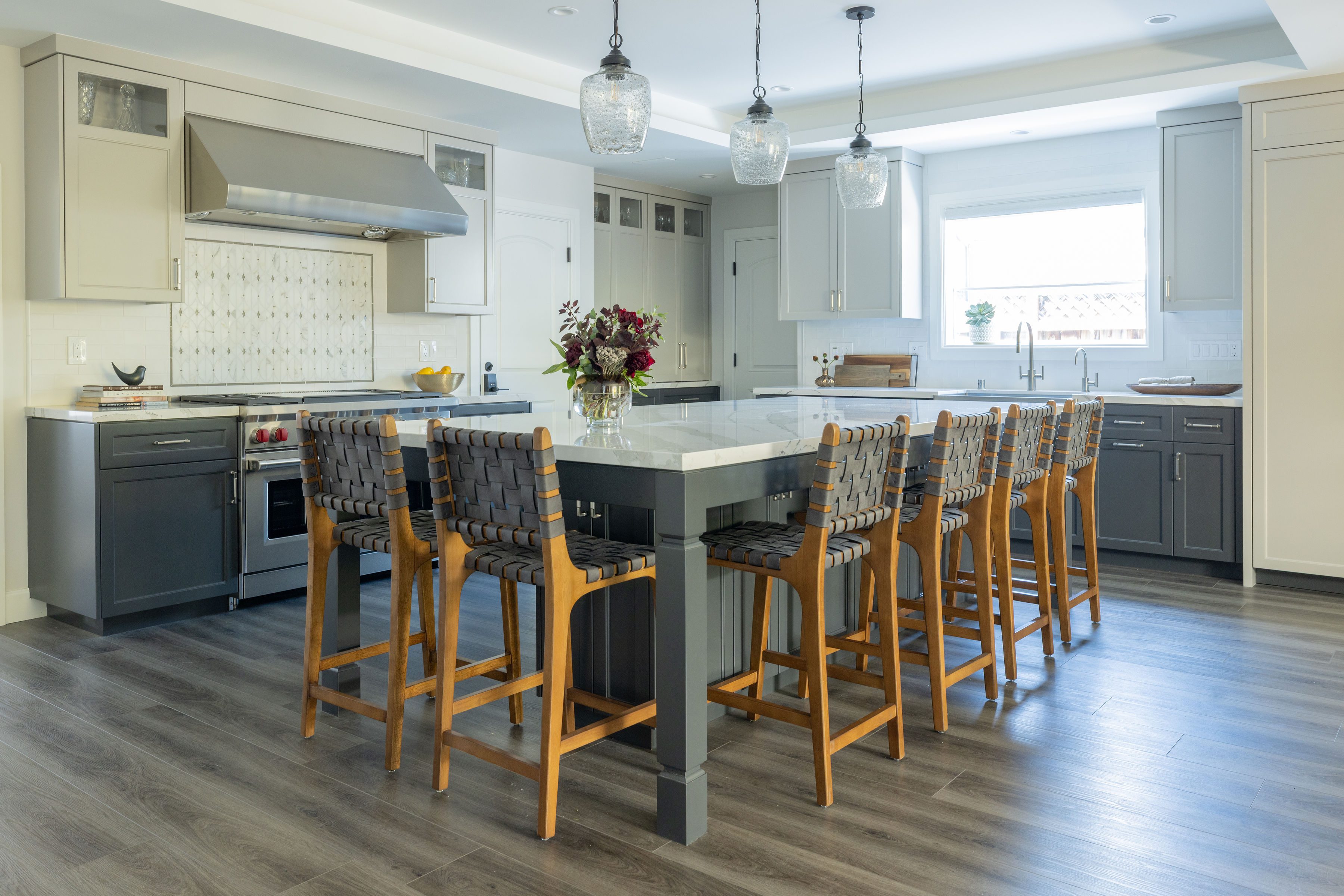
Bathrooms
Bathrooms demand waterproof materials. Porcelain tile is still the gold standard—durable, stylish, and resistant to mold and mildew when paired with the right grout. Luxury vinyl tile (LVT) is also growing in popularity for bathrooms, thanks to its waterproof design and warmer feel underfoot. For a spa-like upgrade, consider heated tile floors—especially in master baths.
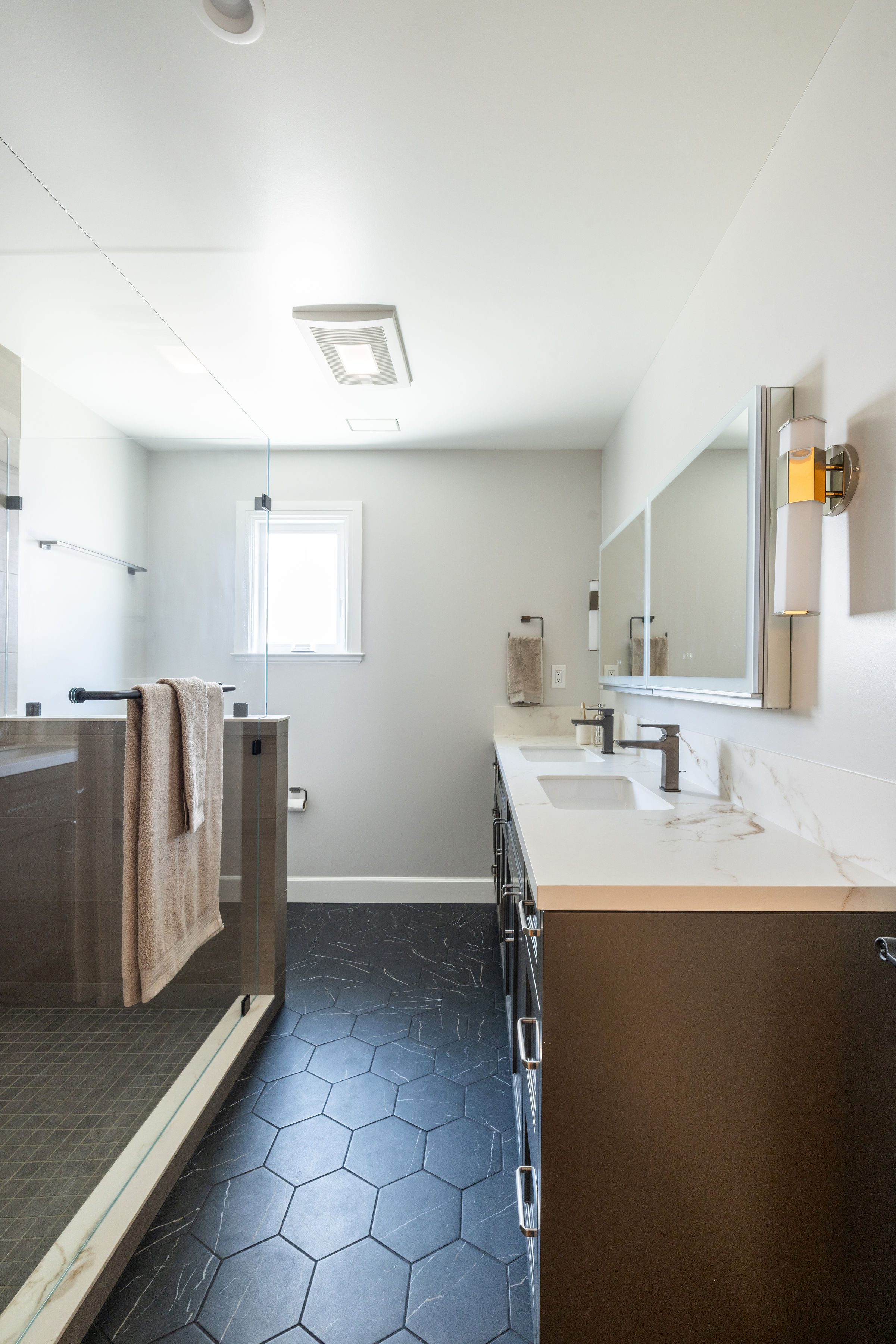
Living rooms
Your living room sets the tone for your home, so aesthetics matter here. Hardwood floors remain the top choice, offering timeless appeal and boosting resale value. For more budget-friendly alternatives, engineered hardwood and high-end laminate provide similar looks with added durability. If comfort is a priority, wall-to-wall carpet still has a place, especially in colder climates. For versatility, many homeowners use hard flooring layered with area rugs—easy to refresh when styles or seasons change.
Bedrooms
Bedrooms are your retreat, and comfort usually takes precedence. Carpet creates warmth and softness that makes stepping out of bed more inviting, but choose stain-resistant or hypoallergenic types if allergies are a concern. If you prefer hard surfaces, engineered wood or bamboo paired with a large area rug delivers both elegance and coziness. Pro tip: avoid cold, hard materials like tile unless you’re in a warm climate where that cooling effect is welcome.
Basements
Basements often struggle with moisture, which means solid hardwood is off the table. Vinyl plank, ceramic tile, or sealed concrete are safer bets. For a warmer feel, engineered wood rated for below-grade installation can work if moisture levels are under control. If you want carpet, choose modular carpet tiles—they add warmth and can be swapped out easily if there’s a spill or moisture issue.
Mudrooms and entryways
These spaces take the brunt of outdoor dirt, water, and wear. Porcelain tile or natural stone is unbeatable here, offering durability and slip resistance. If you’d like a softer look, LVP is a solid option that can stand up to wet boots and tracked-in mud. Adding indoor-outdoor mats or washable runners on top helps extend the life of any flooring choice.
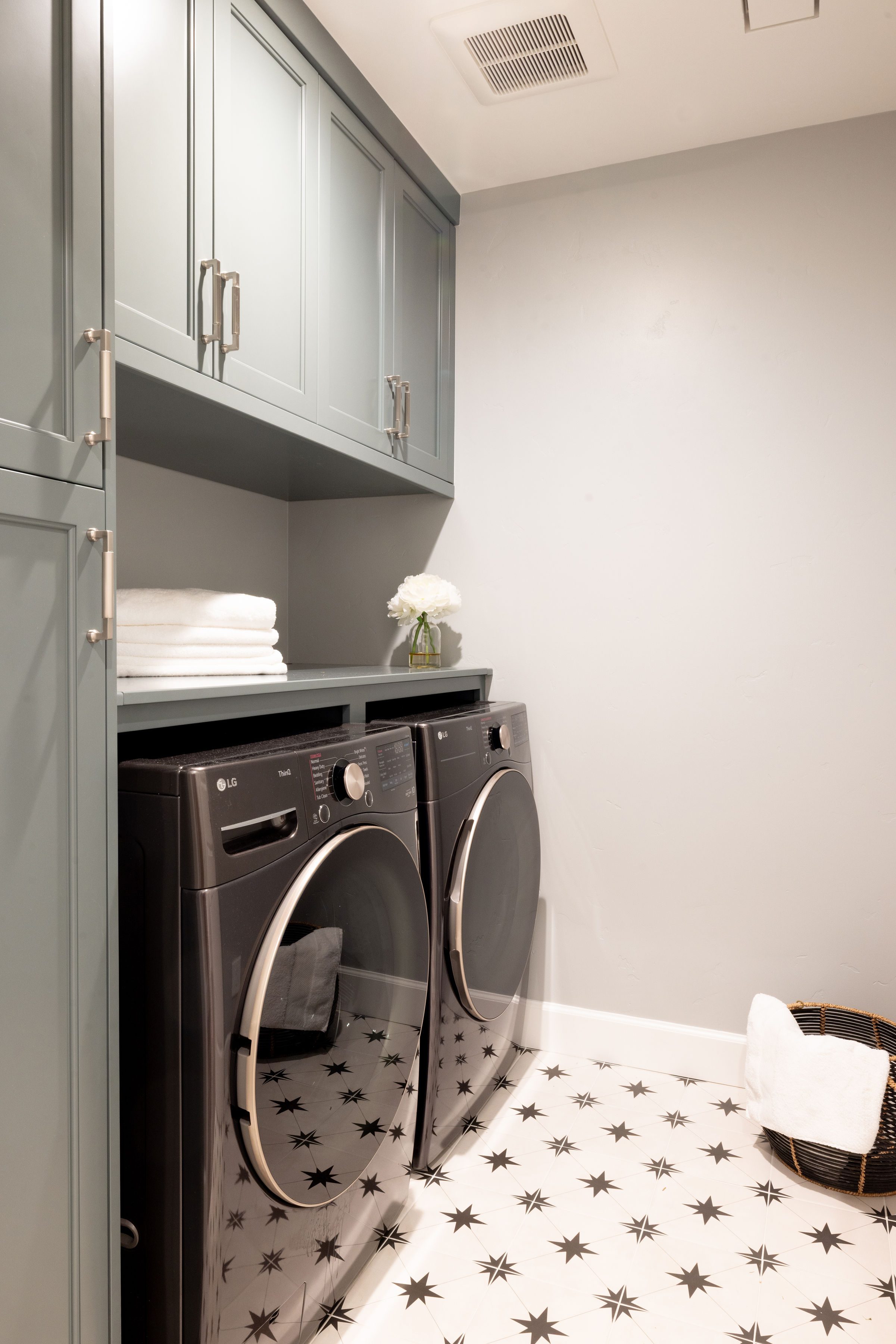
The “perfect” flooring isn’t one-size-fits-all—it’s about striking the right balance between design, durability, and day-to-day reality. A young family may prioritize easy-clean vinyl, while a couple renovating a forever home may choose hardwood for its beauty and long-term value. By matching the flooring to your lifestyle and the needs of each room, you’ll end up with spaces that not only look good but truly work for the way you live.
